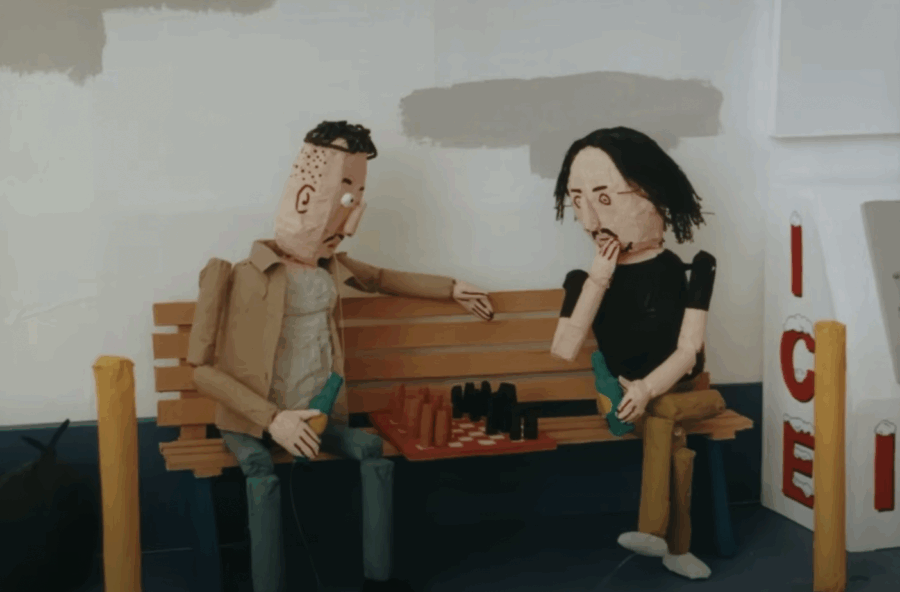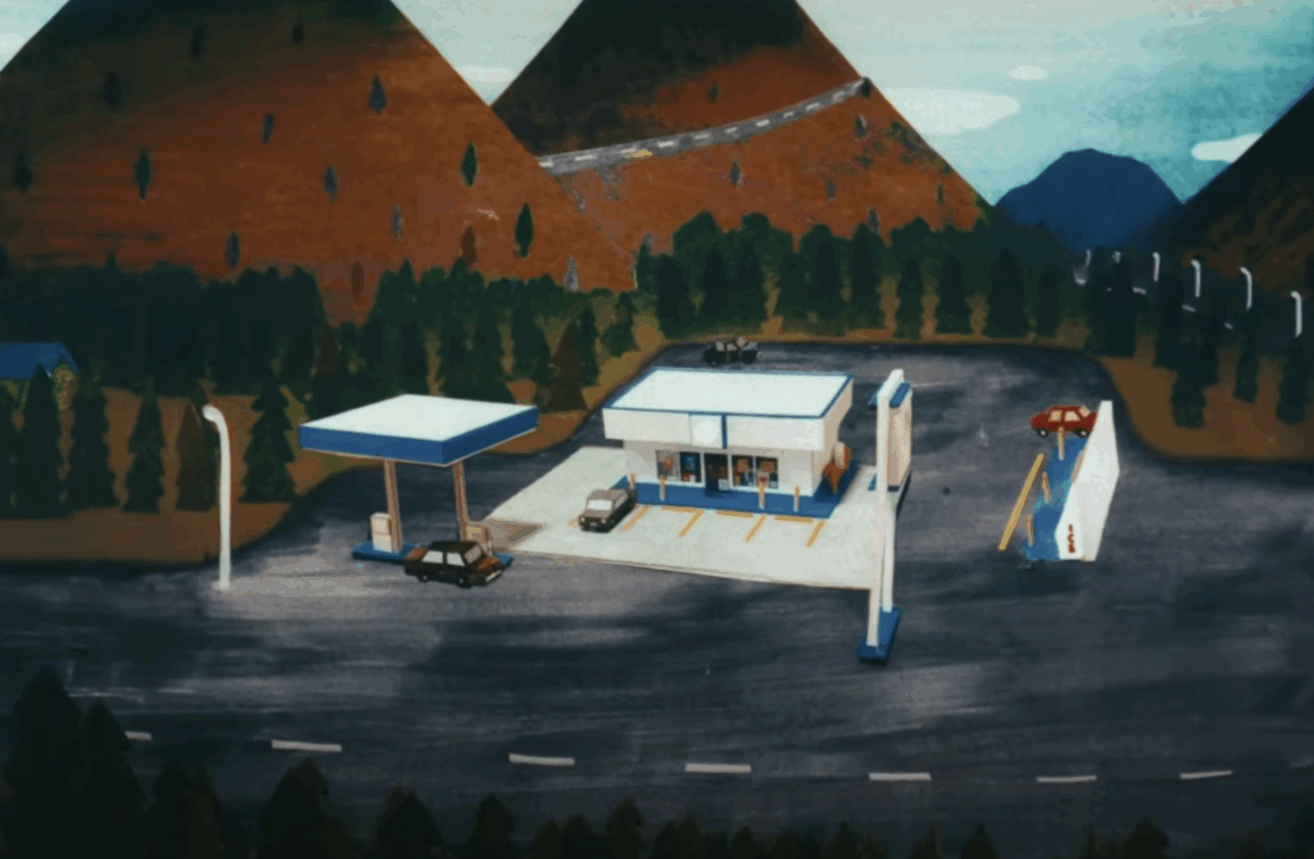We’re always drawn to projects that seamlessly blend the tactile with the auditory — works that allow paper to move, speak, and, in rare cases, even sing. Japanese saxophonist Tomoaki Baba’s latest music video for the track Prime, from his 2024 album Electric Rider, is a stunning example of this alchemy. A collaborative stop-motion animation built entirely from paper, the video is a surreal visual odyssey that elevates the art of analog storytelling with rhythm, texture, and imagination.

Baba, a graduate of Berklee College of Music and a seasoned performer who has played alongside jazz luminaries like Terence Blanchard and Terri Lyne Carrington, is no stranger to improvisation. His work often explores the boundaries between structured harmony and expressive freedom — a sensibility that echoes beautifully in the animation for Prime. The track itself pulses with electronic jazz energy, building a rich soundscape that invites visual experimentation.
The artist duo behind the stop-motion animation
Enter artists Hoji Tsuchiya and Shotaro Kitada, the creative duo behind the paper-crafted world of the Prime music video. Although they never met in person with Baba during the production of the project, this collaboration feels deeply intuitive —like a visual jam session unfolding across hundreds of handcrafted frames. Tsuchiya, known for his cinematic approach to stop-motion, constructed the meticulously detailed backgrounds and directed the animation. His scenes — empty town squares, shadowy alleys, lonely diners — are infused with a quiet tension and uncanny realism. There’s a certain quality to the framing, as something feels slightly off in this world, and that’s exactly the point.
You are currently viewing a placeholder content from YouTube. To access the actual content, click the button below. Please note that doing so will share data with third-party providers.
More InformationDirected & Animated by: Hoji Tsuchiya
Character Design & Paper Sculptures by: Shotaro Kitada
Music by: Tomoaki Baba (tenor sax), BIGYUKI (keyboards, synth), JK Kim (drums)
Into these surreal landscapes, Kitada inserts his carefully sculpted paper characters. Stiff, slightly awkward in movement, and entirely handcrafted, these figures lend the story a sense of dreamlike nostalgia. “Three-dimensional paper has a unique physicality,” Kitada has said. “Its stiffness, fragility, and uniform texture can create a surreal or unsettling atmosphere that’s hard to replicate digitally.” These miniature actors are animated with subtle wire rigs, sometimes integrated with live-action hands or tools, creating the illusion of life within an inanimate medium.

Three-dimensional paper has a unique physicality. Its stiffness, fragility, and uniform texture can create a surreal or unsettling atmosphere that’s hard to replicate digitally.
The result is mesmerizing. In Prime, a slow, almost meditative sequence unfolds: a gas station attendant sips coffee, a sheriff patrols empty roads, two friends play chess on a bench. As the music escalates, so too does the strangeness. Objects begin to glitch, people vanish, and the world of paper starts to unravel — or evolve. The jazz score and visual narrative engage in a kind of dance, improvising with one another, building toward a climax that feels as much emotional as artistic.
For lovers of paper, stop-motion, and storytelling that transcends language, Prime is more than a music video — it’s a masterclass in multidisciplinary artistry. It shows how a tactile medium like paper can truly surprise and resonate in our digital age. It reminds us that innovation often lies in the old made new again, in texture over pixels, in patience over shortcuts. And whether you’re a fan of paper animation, contemporary jazz, or the magic that happens when two creatives find a rhythm across continents, Prime is a must-watch. With every fold, every cut, and every note, it invites us to slow down, look closer, and listen differently.

